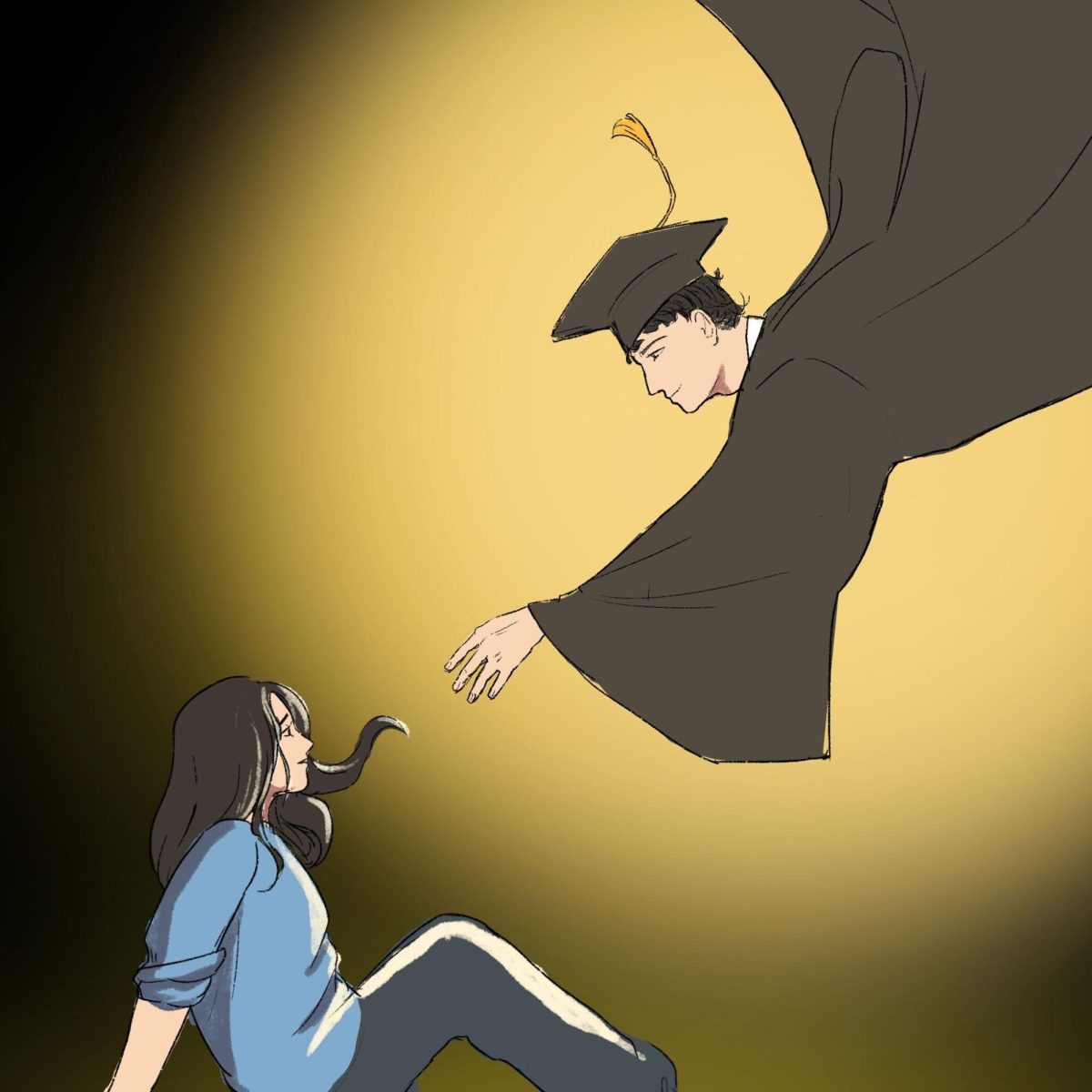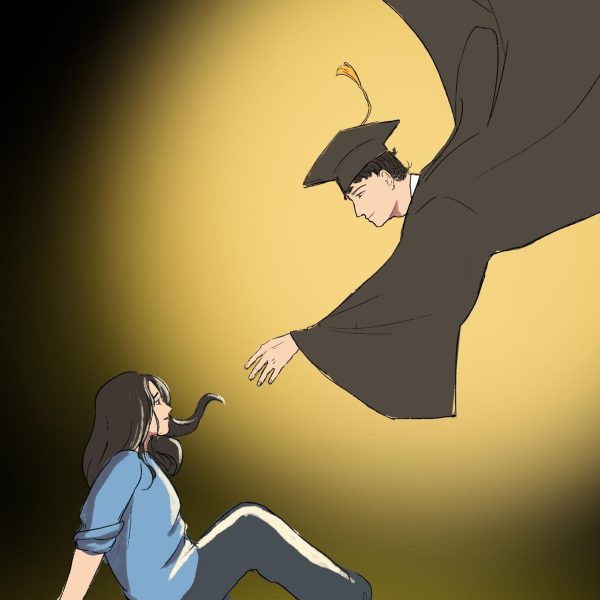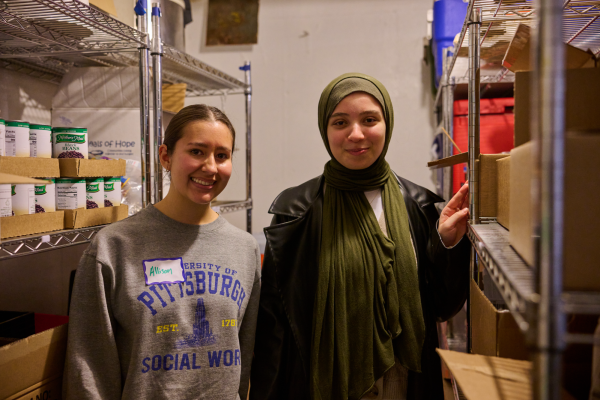“Mister Rogers'” production team explains show’s significance
September 18, 2011
As Fred Rogers put on his cardigan and athletic shoes on his set at Pitt’s campus, he dreamt… As Fred Rogers put on his cardigan and athletic shoes on his set at Pitt’s campus, he dreamt of changing the world through television. And his production team led that change in the world.
Pitt In Hollywood and Steeltown Entertainment Project brought the visionaries of the Fred Rogers Company to the William Pitt Union Ballroom on Friday, giving more than 300 students and Pittsburgh residents an insider’s look into how Fred Rogers brought meaningful television to a national children’s audience. The production team discussed with about 300 people how “Mister Rogers’ Neighborhood” connected to Pitt during its 40-year run.
Pitt students and residents have emotional connections to this show about which Pitt In Hollywood President Ryan O’Shea said the organization wanted to inform students. That’s why Pitt In Hollywood, an organization formed to encourage interaction between the entertainment industry and Pitt students and teachers, brought the team here because the show started on Pitt’s campus, at the original WQED studios which were located at Pitt’s current Music Building.
At the 3-hour-long event, the production team behind the show — which includes Bill Isler, The Fred Rogers Company CEO and board chair of Steeltown Entertainment Project; Margaret Whitmer, producer of the show; Pitt alumnus David Newell; Mr. McFeely, character on the show and its associate producer and director of public relations, and Pitt alumnus Hedda Sharapan, the show’s associate producer — was present. The team members discussed the making of “Mr. Rogers’ Neighborhood” and had the audience view clips from the show.
“There was a young man who saw television and dreamt that he could use that new medium to help change the world for the better,” the pamphlet handed out at the event said.
That man was none other than Fred Rogers, from the 895-episode show “Mister Rogers’ Neighborhood.”
O’Shea said that Rogers began the series “with a $75 budget for a week of programming, and he was able to make a show that lasted 40 years.” The club president said that since filming of the show happened on Pitt’s campus, he feels that Rogers’ success can inspire any student to recreate such a legacy.
Rogers received his master’s degree in child development from Pitt, and that is why Pitt In Hollywood wished to bring the team of “Mister Rogers’ Neighborhood” to campus. The club members hoped that the stories the show’s production team told would help, “inspire a new generation to build on this powerful legacy, which began on Pitt’s campus,” the pamphlet said.
Rogers held jobs in many areas, from television production to a seminary. However, he ultimately wished to find a sponsor to fund a children’s program.
Sharapan said that Rogers “encouraged children to pretend and use their imaginations.”
The popular show’s creator felt that one had to connect with audiences, and to do this, he would “sit with children hour after hour at Pitt, learning how to interact with them and figuring out what they liked,” Sharapan said.
Rogers’ wife, Joanne Rogers, said she never felt that her husband would start such an influential show. She thought he would run a school for orphans because of his love for children.
Sharapan said that Fred Rogers’ influence and impact on children remains strong today, as he has helped children “sort out what is real and what isn’t,” Sharapan said.
The event was cosponsored by Steeltown Entertainment Project and Pitt in Hollywood in association with Pitt’s Film Studies and Children’s Literature programs.
O’Shea said that, “a lot of students in these fields can see what alumni have done.”
Junior Amber Malloy said it was interesting to see how everyone on the show worked together.
“They were close-knit like a family, and I feel like that’s why the show was running for so long,” she said.
Senior Dillon Diatlo said the event was part of “just another day in the neighborhood.”







